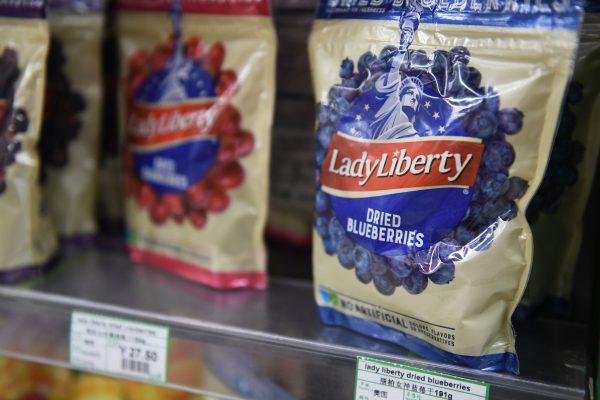About a week before U.S. tariffs on a list of Chinese goods worth $34 billion became effective on July 6, the Chinese authorities announced that it would ease restrictions on foreign investments in certain industries.
Some observers see the timing as particularly convenient, given the trade dispute between China and the United States. The easing of restrictions could be seen as trying to defuse tensions with the United States—especially since during trade negotiations, U.S. officials had repeatedly sought to convince the Chinese regime to open up its markets and stop pressuring foreign firms to transfer technology to their joint-venture counterparts.
In an interview with New Tang Dynasty Television, a New York-based broadcaster and sister media of The Epoch Times, Chinese financial analyst Ren Zhongdao said the Chinese regime’s announcement was to “delay or alleviate the [trade] crisis” before the trade tariffs set in.
Some of the eased restrictions are in fields where China has previously promised to buy more U.S. imports as a compromise with U.S. trade officials, who sought to lower the trade deficit.

Beijing had done something similar back in May, pledging to cut tariffs on foreign imported cars as President Donald Trump complained about China’s high auto tariffs. Trump illustrated the trade imbalance by comparing how Chinese imported cars are only charged a 2.5 percent duty, compared to the 25 percent tariffs slapped on American cars exported to China.
Others, such as Gong Shengli, a researcher at a Chinese financial think tank, believe China is trying to attract more foreign capital at a time when its economy is suffering a slowdown. As he told New Tang Dynasty Television in an interview: “Since 2005, China’s foreign investment has significantly dropped.”






Friends Read Free